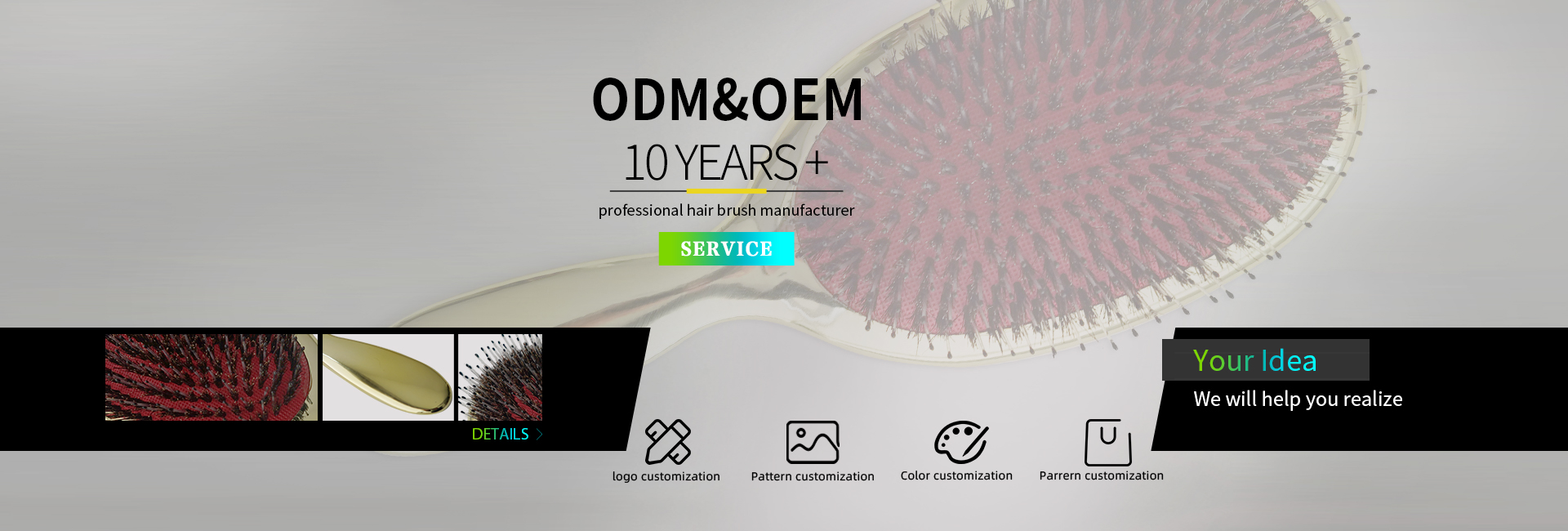Introduction
Struggling with hair that looks like it’s been zapped by a lightning bolt every time you brush? Static electricity is a pesky problem, especially in dry weather or when using plastic combs. But there’s a natural, time-tested solution: the wooden comb. Unlike plastic combs that cause static buildup, wooden combs keep your hair smooth, manageable, and frizz-free. In this article, we’ll dive into why wooden combs are the ultimate tool for preventing static electricity and boosting your hair care routine, all while being kind to the planet.

What Causes Static Electricity in Hair?
Static electricity happens when there’s an imbalance of electric charges on a material’s surface. When you run a plastic comb through your hair, electrons transfer from your hair to the comb, leaving your hair positively charged. This charge makes hair strands repel each other, resulting in frizz and flyaways. Plastic combs, being insulators, hold onto these electrons, worsening the static effect. This is particularly noticeable in low-humidity environments, where dry hair is more susceptible to static buildup Biology Stack Exchange.
How Wooden Combs Prevent Static
Wooden combs are a game-changer for taming static, and here’s why:
Natural Insulator
Wood is a natural insulator, meaning it doesn’t conduct electricity or facilitate electron transfer. Unlike plastic combs, which strip electrons from your hair, wooden combs keep your hair’s charge neutral, preventing static buildup Woodsman Grooming.
Reduced Friction
The smooth, rounded teeth of wooden combs glide through hair with minimal friction. Less friction means less chance of generating static electricity. Experiments, like those conducted by Breezelike, show that wooden combs produce significantly less static compared to plastic ones.
Distributes Natural Oils
Wooden combs help spread your scalp’s natural oils evenly from root to tip. This keeps your hair moisturized, reducing dryness—a key contributor to static electricity. The result? Shinier, smoother hair that’s less prone to frizz Shaz & Kiks.
Additional Benefits of Wooden Combs
Beyond preventing static, wooden combs offer a range of perks for your hair and scalp:
- Gentler on Hair: Their wider, polished teeth reduce breakage and damage, making them ideal for all hair types, from curly to straight.
- Cleaner Hair: Unlike plastic combs that attract dust due to static, wooden combs keep your hair free of debris.
- Scalp Health: The gentle massaging action stimulates blood flow, potentially supporting healthier hair growth Dr. Brahmanand Nayak.
- Eco-Friendly Choice: Made from sustainable materials like bamboo or sandalwood, wooden combs are biodegradable, aligning with eco-conscious values popular in Western markets.
Choosing and Caring for Your Wooden Comb
Selecting the Right Comb
When picking a wooden comb, opt for high-quality, untreated woods like:
- Sandalwood: Prized for its smooth texture and natural fragrance.
- Teak: Durable and moisture-resistant, perfect for daily use.
- Bamboo: Lightweight and sustainable, a favorite for eco-friendly consumers.
Ensure the comb is free of chemical coatings, as these can reduce its anti-static properties.
Care Tips
To keep your wooden comb in top shape:
- Wipe it with a soft cloth after each use to remove hair or product buildup.
- Clean occasionally with mild soap and water, avoiding prolonged soaking to prevent warping.
- Apply a small amount of natural oil, like jojoba or coconut, to maintain its luster and protect the wood.
Conclusion
If static electricity is wreaking havoc on your hair, a wooden comb could be your new best friend. By preventing static buildup, reducing friction, and nourishing your hair with natural oils, wooden combs deliver frizz-free, healthy locks. Plus, their eco-friendly nature makes them a win for both you and the environment. Ready to ditch the frizz? Try a wooden comb today and experience the difference for yourself.
FAQs
Are wooden combs more expensive than plastic ones?
While they may have a higher upfront cost, their durability makes them a cost-effective choice over time.
Can I use a wooden comb on wet hair?
Yes, they’re gentle enough for wet hair, but dry the comb thoroughly afterward to avoid damage.
How often should I clean my wooden comb?
Wipe it regularly with a cloth and clean with mild soap as needed to remove buildup.
Do all wooden combs prevent static electricity?
Most natural wood combs reduce static, but untreated woods like sandalwood or bamboo are most effective.
